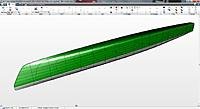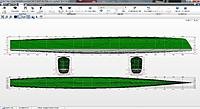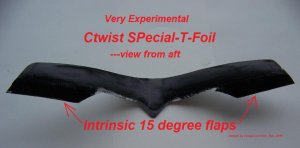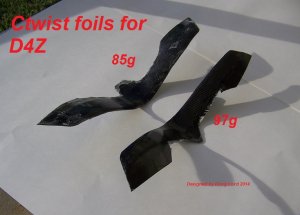International AC 62RC Class
The reason for 62.3" /1.58m is because the model is semi-scale at 1"=1'. There would be a lot of resistance over here to making the thing bigger. Are there any shipping restrictions on 2m models that make it excessively costly to ship?
I think this class should be built to stand alone-not be part of any other class. There is no problem with foiling at 1.58m-trust me. My F3 foiled extremely well using wands 15 years ago at a length of 56" and beam of 72".
The reason for 62.3" /1.58m is because the model is semi-scale at 1"=1'. There would be a lot of resistance over here to making the thing bigger. Are there any shipping restrictions on 2m models that make it excessively costly to ship?
I think this class should be built to stand alone-not be part of any other class. There is no problem with foiling at 1.58m-trust me. My F3 foiled extremely well using wands 15 years ago at a length of 56" and beam of 72".


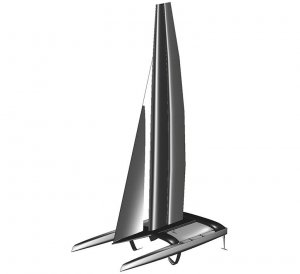
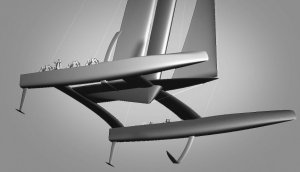
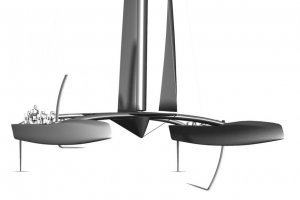
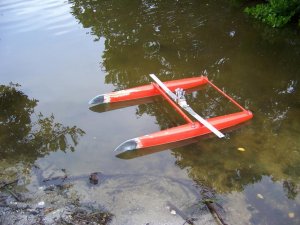
 The community here takes the races for challenge but more for exchange of ideas, to see what the individual builders thought about this or that. The evenings are full of discussion what ideas might add to performance and what not. A one design imho destroys that innovative thinking.
The community here takes the races for challenge but more for exchange of ideas, to see what the individual builders thought about this or that. The evenings are full of discussion what ideas might add to performance and what not. A one design imho destroys that innovative thinking.